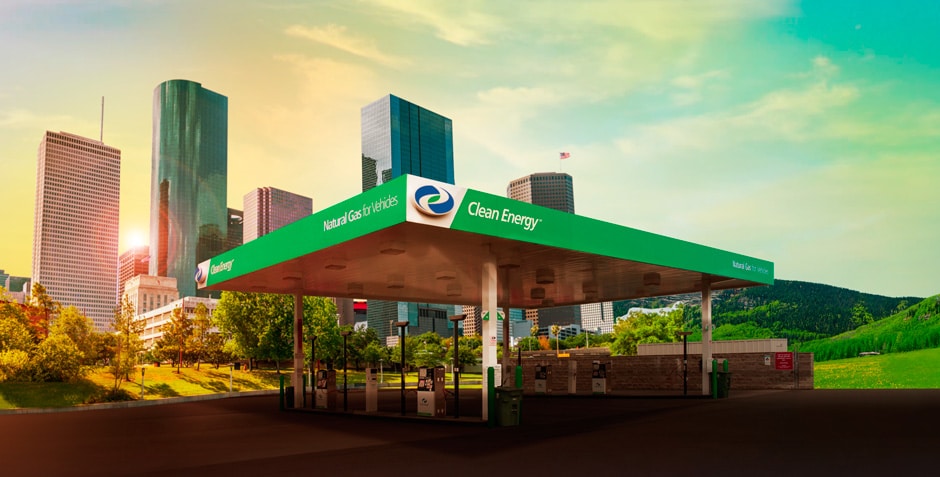
California greening with over $1 billion being invested in RNG
AN audit of California’s renewable natural gas (RNG) supply has revealed that:
- More than $1 billion is being invested in California to build the state’s supply of locally produced RNG – with 77% coming from private investors.
- By January 2024, 160 RNG production facilities will be online and producing 119 million diesel gallons equivalent (DGE) of fuel – primarily sourced from dairy farms and landfills – enough to fuel 13,731 natural gas trucks in California annually.
- California-produced RNG will have an average energy-weighted carbon intensity of 101.74 gCO2e/MJ as of January 2024.
- Fuelling natural gas trucks with this upcoming supply of California-produced RNG will enable fleets to generate over 3.4 million tons of greenhouse gas emission reductions annually.
- If California’s Heavy-Duty Vehicle Incentive Program (HVIP) provided a $45,000 voucher to enable the purchase of all the NGVs that could be fuelled by California RNG, this hypothetical new fleet would generate a reduction of 51.4 MTCO2e and 20.8 thousand tons of NOx, at a cost of $12.03/MT of CO2e and $29,702 per ton of NOx over a 15-year period.
The study, “California’s In-State RNG Supply for Transportation: 2020 to 2024 Assessment” was undertaken by clean technology and consulting firm Gladstein, Neandross & Associates (GNA), with support from the California Natural Gas Vehicle Partnership, Clean Energy Renewable Fuels, Pacific Gas & Electric, Shell, South Coast Air Quality Management District, Southern California Gas Company, Trillium: A Loves Company, and TruStar Energy.
California RNG producers can meet ‘buy local’ requirement
 It was developed at a time when the California Air Resources Board (ARB) drafted a proposal to disqualify NGVs from one of the state’s most popular programs promoting the purchase of advance, clean transportation technology, the HVIP.
It was developed at a time when the California Air Resources Board (ARB) drafted a proposal to disqualify NGVs from one of the state’s most popular programs promoting the purchase of advance, clean transportation technology, the HVIP.
Faced with stiff opposition from the proponents of increasing the use of near zero emission NGVs fuelled by a compromise was agreed, determining that HVIP funding would only go to natural gas fuelled heavy-duty vehicles equipped with an 11.9L low NOx engine and that the new vehicle must be fuelled with RNG produced within the state of California.
However, when this new constraint was placed on future NGVs applying to the HVIP, it materialised that there was no concrete assessment of how much in-state RNG could be supplied. Hence the requirement for an audit.
Using data provided by state and local agencies, project developers, 3rd party marketers (consultants to hedge funds/investors) and other related sources the inventory assesses the actual RNG production of existing and developing projects.
It provides a ‘reasonably reliable’ estimate of the actual supply of in-state RNG that was being produced on January 1, 2020, the growth in production that will take place by quarter over the next four years, and the total supply of California-produced RNG that will be flowing to transportation end users in California on January 1, 2024.
“While newly established HVIP program criteria was intended to encourage the use and production of in-state RNG, there was, until now, no reliable assessment of California’s RNG supply, making it impossible to determine if meeting this new requirement was feasible,” stated Cliff Gladstein (pictured above), founding president of GNA. “The study determines that not only will there be sufficient supply of in-state RNG to meet this program criteria, but that the cost-effectiveness of the greenhouse gas emission reductions from the use of this in-state resource would be among the best in the state.”

